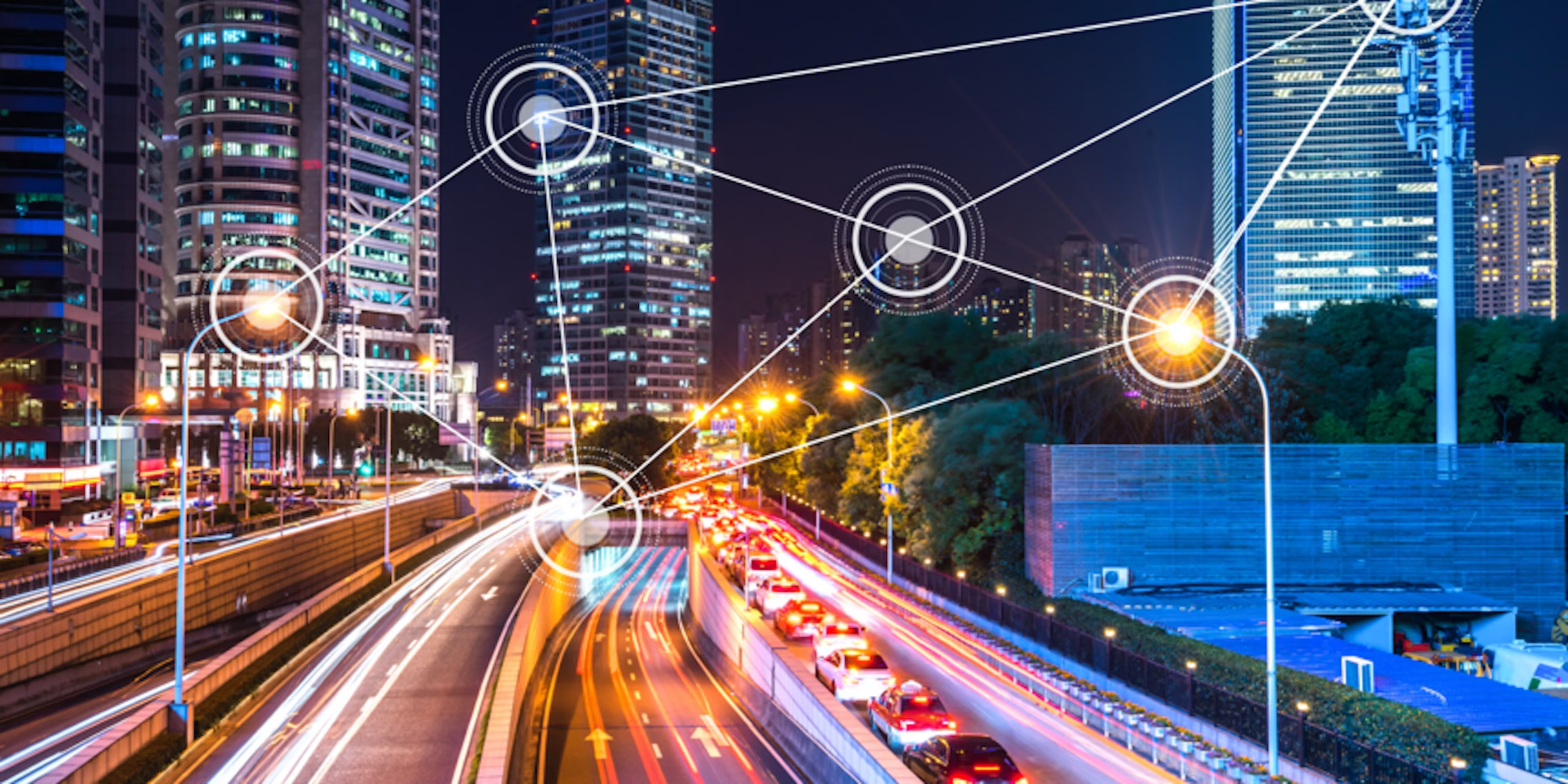Introduction
The idea of smart cities has grown in popularity as a sustainable and effective way to deal with the challenges of rapid urban growth as the world’s population continues to urbanize at an unprecedented rate. A smart city uses digital technologies and data-driven strategies to enhance the quality of life for its residents, optimize the performance of city services, and ensure environmental sustainability.
Smart cities leverage the power of the Internet of Things, artificial intelligence, big data, and cloud computing to transform traditional urban infrastructure into intelligent systems. These systems monitor and manage resources like energy, water, transportation, and public safety in real-time. The result is an urban environment that places a higher value on the well-being of its residents and is more connected, responsive, and resilient.
The Development of Urban Life Culture, business.
However, the pressures of rapid urbanization—such as traffic congestion, pollution, inadequate housing, and strained public services—have revealed the limitations of conventional urban planning. This has given rise to the need for smarter, more adaptive approaches to city management. As a response to these difficulties, the concept of the smart city emerged at the beginning of the 21st century. It demonstrates a shift from reactive to proactive governance, in which technology plays a key role in anticipating and dealing with urban issues.
Unlike traditional cities, smart cities continuously collect and analyze data to guide decision-making and improve urban systems dynamically. Today, smart city initiatives are underway in cities across the globe, from developed metropolises like Singapore and Amsterdam to rapidly growing centers such as Bangalore and Nairobi. These cities are redefining what it means to be urban by focusing on digital integration, citizen engagement, and sustainability.
Core Components of a Smart City.
A foundation of interconnected technologies and systems that collaborate to produce a seamless urban experience is the foundation upon which smart cities are constructed. Smart infrastructure is one of the most important parts. This includes intelligent transportation networks, energy-efficient buildings, and sensor-enabled utilities that help monitor and manage consumption and maintenance. Smart mobility is another essential element.
The goal of smart cities is to make urban transportation more efficient and reduce congestion by implementing integrated public transportation systems, real-time traffic data, and shared mobility platforms. Autonomous vehicles and electric buses further contribute to cleaner, more convenient commuting options. The management of energy and the environment are also at the heart of smart city planning. Smart grids optimize energy distribution, while renewable energy sources are integrated into the power supply.
Smart Cities Made Possible by Technology.
A smart city’s intelligence lies in its use of advanced technologies to collect, process, and act on data. The majority of smart city systems are based on the Internet of Things. By embedding sensors in physical objects such as streetlights, vehicles, and infrastructure, IoT enables the continuous flow of data that informs real-time decisions. Big data analytics turns this raw data into actionable insights. Whether it’s predicting traffic patterns, or monitoring utility usage.
Or analyzing public sentiment, data analytics helps cities anticipate problems and plan effectively. These capabilities are further enhanced by artificial intelligence, which enables machines to learn from patterns and make autonomous decisions. The infrastructure needed to safely and effectively store and access large amounts of data is provided by cloud computing.
Smart city development is the goal of sustainability.
Urban areas are significant contributors to carbon emissions and resource consumption, and smart technologies offer innovative solutions to reduce this impact. By utilizing real-time data to balance supply and demand, reduce losses, and integrate renewable sources like solar and wind, smart energy systems increase efficiency. Energy management systems allow buildings to automatically adjust lighting, heating, and cooling based on occupancy and the surrounding environment.
Sustainable transportation is another focus. By encouraging the use of electric vehicles, bicycles, and shared mobility options, smart cities reduce reliance on fossil fuels and decrease air pollution. Congestion pricing and smart traffic lights help manage vehicle flow and cut idle times, thereby further lowering emissions. Smart technologies also help with waste management. Waste bin sensors can let collection services know when the bins are full, allowing for better routes and less fuel use.
Increasing One’s Quality of Life.
At the heart of every smart city is the goal of improving the quality of life for its residents. Technology can be used to make urban environments safer, more inclusive, and more livable. Public safety is enhanced through real-time surveillance systems, predictive policing tools, and integrated emergency response systems. These tools help law enforcement and emergency services respond more quickly and effectively to incidents.
Health monitoring devices, and data-driven public health initiatives. Smart cities can detect disease outbreaks early, manage hospital resources efficiently, and provide remote consultations to underserved populations. Technologies for smart cities also help education. Personalized educational experiences are made possible by data analytics, online learning platforms, and digital classrooms. Smart campuses can monitor energy usage, track attendance, and ensure student safety.
Future The idea of the smart city will also change as technology does.
Cities of the future will be more adaptable, individualized, and resilient. They will use quantum computing to solve difficult urban problems, artificial intelligence to anticipate requirements, and blockchain to guarantee trust. Urban digital twins, which are virtual replicas of entire cities, are becoming effective planning and simulation tools. With greater precision, they enable city officials to test scenarios, predict outcomes, and make decisions based on data.
The shift toward human-centered design will continue, emphasizing equity, inclusivity, and well-being. The people who live in the smart cities of the future will shape them, rather than technology alone. Global cooperation and knowledge sharing will accelerate the development of smart cities. As cities learn from each other’s successes and failures, they can adapt solutions to local contexts and avoid repeating mistakes.
